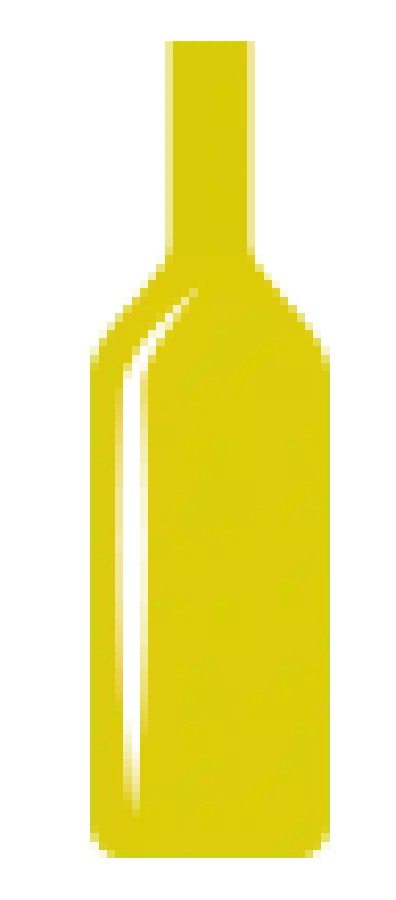
Cave des Producteurs de JurançonFebus Jurançon Doux
This wine generally goes well with
The Febus Jurançon Doux of the Cave des Producteurs de Jurançon is in the top 80 of wines of Jurançon.
Details and technical informations about Cave des Producteurs de Jurançon's Febus Jurançon Doux.
Discover the grape variety: Gamay Fréaux
Gamay Fréaux noir is a grape variety that originated in France (Burgundy). It produces a variety of grape specially used for wine making. It is rare to find this grape to eat on our tables. This variety of grape is characterized by small bunches, and grapes of small to medium size. The Gamay Fréaux noir can be found in several vineyards: South-West, Cognac, Bordeaux, Rhône valley, Provence & Corsica, Loire valley, Savoie & Bugey, Beaujolais, Armagnac.
Last vintages of this wine
The best vintages of Febus Jurançon Doux from Cave des Producteurs de Jurançon are 2016, 2014, 2015, 2017 and 2012.
Informations about the Cave des Producteurs de Jurançon
The Cave des Producteurs de Jurançon is one of of the world's great estates. It offers 100 wines for sale in the of Jurançon to come and discover on site or to buy online.
The wine region of Jurançon
The wine region of Jurançon is located in the region of Pyrenées of South West of France. Wineries and vineyards like the Domaine Didier Dagueneau (Louis-Benjamin Dagueneau) or the Domaine de Souch produce mainly wines white, sweet and red. The most planted grape varieties in the region of Jurançon are Petit Manseng, Gros Manseng and Manseng, they are then used in wines in blends or as a single variety. On the nose of Jurançon often reveals types of flavors of pineapple, oil or quince and sometimes also flavors of nectarine, grass or salt.
The wine region of South West
The South-West is a large territorial area of France, comprising the administrative regions of Aquitaine, Limousin and Midi-Pyrénées. However, as far as the French wine area is concerned, the South-West region is a little less clear-cut, as it excludes Bordeaux - a wine region so productive that it is de facto an area in its own right. The wines of the South West have a Long and eventful history. The local rivers play a key role, as they were the main trade routes to bring wines from traditional regions such as Cahors, Bergerac, Buzet and Gaillac to their markets.
The word of the wine: Biodynamics
Biodynamic farming method initiated by Rudolf Steiner which forbids all chemical treatments based on synthetic products. Biodynamics is based on the interaction between the movements of the planets and the development of plants and uses preparations based on organic and mineral materials.











